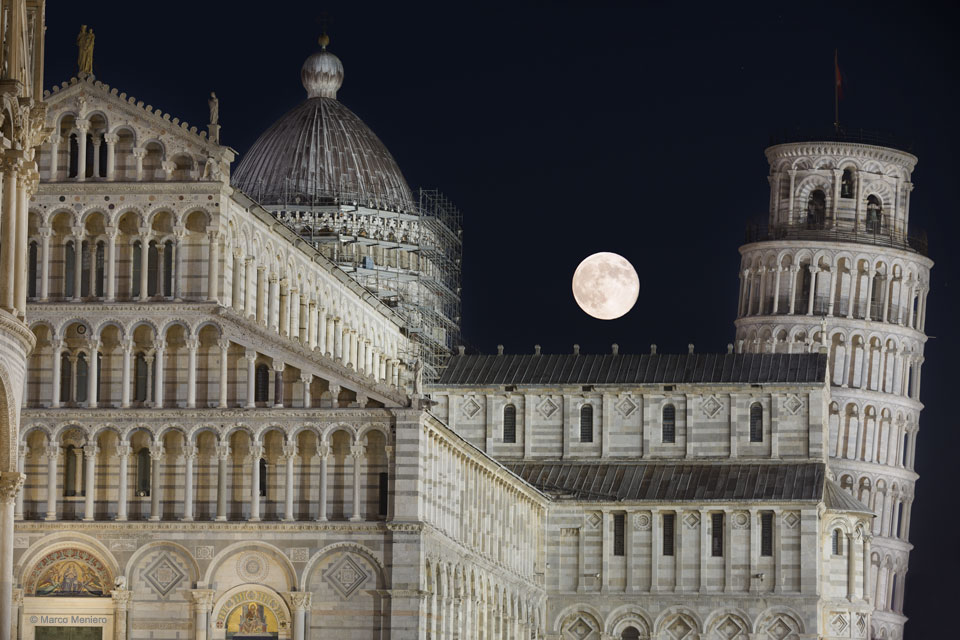more »
Graphenea announces the opening of its new graphene oxide (GO) pilot plant with 1 tonne per annum production capacity. Although Graphenea is already producing GO dispersion, powder, and films, the new plant significantly increases production capacity, simultaneously allowing for higher quality and batch-to-batch reproducibility. The plant houses in-line quality control of each individual batch.

Although the production volume is large, the new plant can accommodate custom requirements regarding flake size, oxygen levels, and other specifications. Orders for multi-kilogram quantities will be processed with short delivery times. The production capacity is multiplied by 20 times compared to capabilities before the pilot plant, allowing for development and industrial scale supplies.

Importantly, Graphenea offers GO customization for integrating into different polymer matrices. This is an important new capability that brings the company a step closer to satisfying the growing graphene/polymer composite market. Polymer composites possess numerous mechanical and thermal benefits, holding potential for industries such as construction, aerospace, packaging, etc. The polymer additive industry is currently worth about €50 billion.

This is a new step in Graphenea's GO roadmap. The next step is to build a 500 tonne/year industrial plant. The pilot plant construction was funded by the EU Horizon 2020 program “SME Instrument” project GO4APP.
New plant benefits
- Large-scale production of GO allows entry to the advanced polymers industry;
- Production capacity increase 20-fold;
- Dramatic reduction in GO cost, increasing the production scale and supporting applications development;
- Producing tailor made GO materials to improve compatibility with different matrices, leading to a broad range of applications;
- Improving the mechanical, electrical and thermal properties of advanced polymers;
- Creating a cost-competitive final advanced polymer composites new market category using GO additives.
About Graphenea
Graphenea, a leading graphene producer venture backed by Repsol, was established in 2010, and has since grown to be one of the world's largest providers of graphene. The company is headquartered at the nanotechnology cluster CIC nanoGune in San Sebastian, Spain and the MIT campus in Cambridge, Boston, MA. Graphenea employs 25 people and exports graphene materials to more than 600 customers in 55 countries. The company has focused on constant improvement of graphene quality, becoming a supplier customers can rely on. Graphenea employs a team of skilled laboratory staff who have brought graphene production techniques to a new level. The company produces CVD graphene wafers and graphene oxide. Graphenea partners with large multinationals to develop custom graphene materials for their applications. Its research agility and ability to keep pace with the progress of graphene science and technology has allowed Graphenea to become a core partner in the Graphene Flagship, a ten year project of the European Commission worth a billion euros. The company keeps a close relation with the world's leading scientists, regularly publishing scientific articles of the highest level and holds a strong patent portfolio.
via Graphenea





